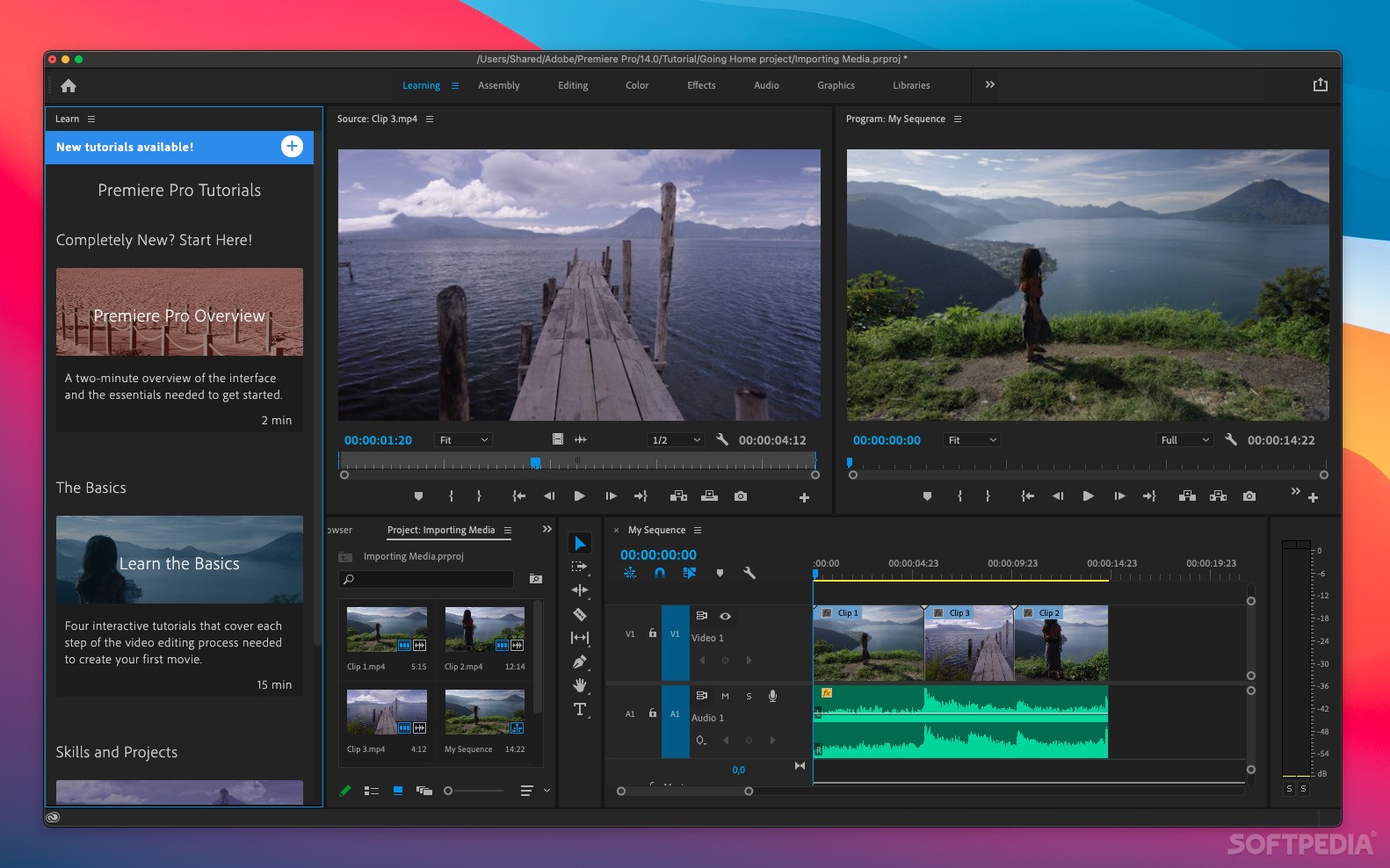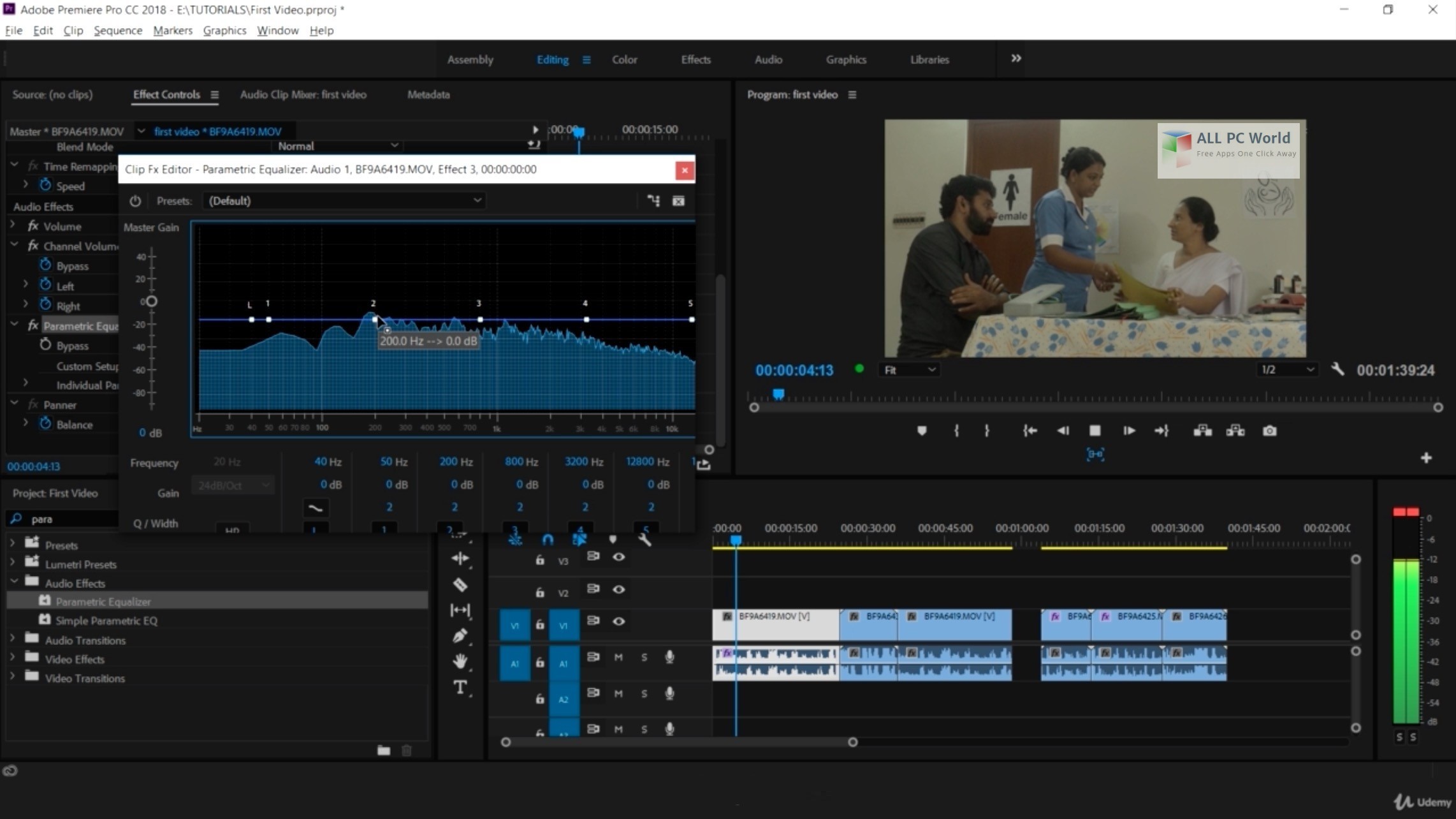
Premiere Pro CC had received some support for 360 content with version 2015.3 in the middle of 2016.

The other significant area of improvement is for creating 360-degree VR content, which Adobe is labelling Immersive Video. Adobe Premiere Pro CC 2018 review: VR editing Then you create Shared Projects, and can use a little padlock icon in the bottom left-hand corner to toggle read-write mode or release a project for others to work on. Once Project Locking has been enabled in the Premiere Pro Preferences, you give your workstation a User Name in the same dialog.

A user can now lock a project that has been loaded from a central storage repository, say a NAS or SAN, so that other workstations can only open it in read-only mode. Premiere Pro CC has had a team project capability via Creative Cloud storage for a while, but Shared Projects are aimed at collaboration using communal storage on a local network. Vaguely related is the new Shared Projects facility. This is a much more convenient way of working. You can grab elements from the timeline of one sequence, and when you paste them into a sequence in another project, their related file references come with them. Now you can just open both projects, then copy and paste between them.

Before, if you wanted to reuse assets created in one project within a new one, you would need to import the old project. It seems like a bizarre feature not to have had over Adobe Premiere Pro's 25 years of history, but at long last you can now open more than one project simultaneously. Let's start with the usability and collaboration improvements.


 0 kommentar(er)
0 kommentar(er)
